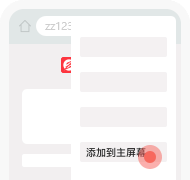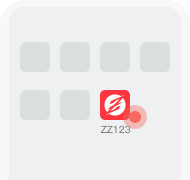
Robbie Basho
by Richie Unterberger
Robbie Basho was the least celebrated of the trio of '60s acoustic guitar virtuosos who established themselves as innovators on the Takoma label (the other two were John Fahey and Leo Kottke). It's not hard to surmise why Basho found a natural home on Takoma. Like Fahey and Kottke, he was determined to expand the horizons of the acoustic steel-string guitar by utilizing dissonance, unusual tunings, and influences from all over the world. At the same time, it's not hard to see why Basho attracted a smaller, more specialized audience than Fahey and Kottke. His work requires a little more time and effort to absorb, and is more colored by Eastern and Indian modal influences.
"Haunting" is an overused adjective for Basho's instrumentals (as it has often been for Fahey's records), but entirely appropriate. Difficult to pigeonhole and categorize, Basho's strums were characterized by a tension between spiritual, meditative moods and bursts of restlessness. In addition to American folk and Middle Eastern influences, traces of classical, Irish, koto, medieval, and other musics could be heard in his material (and he had notably little pure blues influence when compared to his Takoma label-mates). Occasionally he would add some eerie whistling, or even eerier, not to say unsettling, singing; even dedicated Basho fans concede that his vocals weren't what you came to hear.
From the mid-'60s to his death in 1986, Basho recorded several respected if little-heard albums for Takoma, Windham Hill, and other labels. Windham Hill founder Will Ackerman, who wrote some appreciative liner notes on the 1996 reissue Guitar Soli, was a big fan of Basho. Like John Fahey, Basho's solo instrumental approach helped lay the groundwork for the meditative new age sounds that Windham Hill and others would make a specialty. And also like Fahey, Basho's work is far darker and more challenging than most of what is now categorized as new age music.
Robbie Basho was the least celebrated of the trio of '60s acoustic guitar virtuosos who established themselves as innovators on the Takoma label (the other two were John Fahey and Leo Kottke). It's not hard to surmise why Basho found a natural home on Takoma. Like Fahey and Kottke, he was determined to expand the horizons of the acoustic steel-string guitar by utilizing dissonance, unusual tunings, and influences from all over the world. At the same time, it's not hard to see why Basho attracted a smaller, more specialized audience than Fahey and Kottke. His work requires a little more time and effort to absorb, and is more colored by Eastern and Indian modal influences.
"Haunting" is an overused adjective for Basho's instrumentals (as it has often been for Fahey's records), but entirely appropriate. Difficult to pigeonhole and categorize, Basho's strums were characterized by a tension between spiritual, meditative moods and bursts of restlessness. In addition to American folk and Middle Eastern influences, traces of classical, Irish, koto, medieval, and other musics could be heard in his material (and he had notably little pure blues influence when compared to his Takoma label-mates). Occasionally he would add some eerie whistling, or even eerier, not to say unsettling, singing; even dedicated Basho fans concede that his vocals weren't what you came to hear.
From the mid-'60s to his death in 1986, Basho recorded several respected if little-heard albums for Takoma, Windham Hill, and other labels. Windham Hill founder Will Ackerman, who wrote some appreciative liner notes on the 1996 reissue Guitar Soli, was a big fan of Basho. Like John Fahey, Basho's solo instrumental approach helped lay the groundwork for the meditative new age sounds that Windham Hill and others would make a specialty. And also like Fahey, Basho's work is far darker and more challenging than most of what is now categorized as new age music.
하나의


















